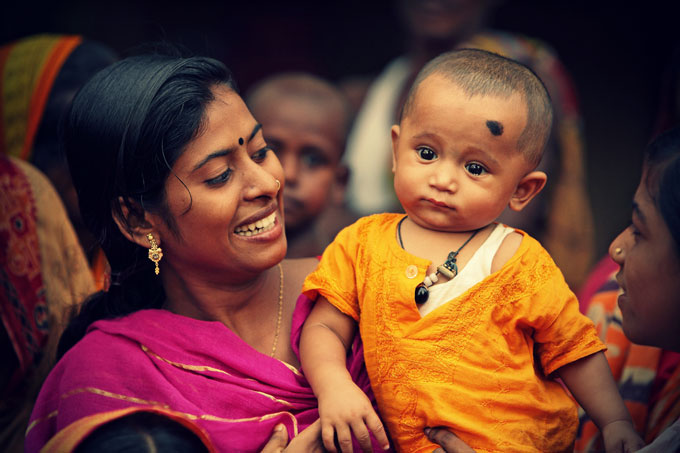What’s the point of building schools when one in seven children remain undernourished?
Reading Time: 3 minutes
Yet like any ambitious set of targets, not all the MDGs were fully met by many countries. Rather the goals worked as a framework upon which they could build their development policies and translate the policies into action. Let’s focus on one tiny target of a goal, yet one whose impact on the coming generations is most persisting: undernutrition. Undernutrition, a form of malnutrition, is a deficiency of calories of one or more essential nutrients. Two of the most used indicators to measure undernutrition are underweight and stunting.
The global effort put behind the millennium development goals (MDGs) has produced arguably the most successful anti-poverty movement in history.
Yet like any ambitious set of targets, not all the MDGs were fully met by many countries. Rather the goals worked as a framework upon which they could build their development policies and translate the policies into action. Let’s focus on one tiny target of a goal, yet one whose impact on the coming generations is most persisting: undernutrition. Undernutrition, a form of malnutrition, is a deficiency of calories of one or more essential nutrients. Two of the most used indicators to measure undernutrition are underweight and stunting.
The proportion of underweight children under the age of five has been cut by almost half between 1990 and 2015 according to global projections. And it is possible that the target has been achieved. Yet over 90 million children under five—one in seven children worldwide—remain underweight.
Stunting—defined as inadequate height for age—is a better measure (than underweight of the cumulative effects of undernutrition and infection during the critical 1,000-day period from pregnancy to the child’s second birthday. Stunting is also more common than underweight, affecting approximately one in four children under five, or 161 million children worldwide in 2013. This chronic form of undernutrition puts these children at risk of diminished cognitive and physical development.
Although the number of stunted children has fallen in all regions except sub-Saharan Africa, Bangladesh has not fared very well in this indicator.
According to the Bangladesh Demographic and Health Survey 2011, 41 per cent children were stunted and 36 per cent were found underweight. This has led to many organisations to start nutrition-related projects in this country. One such example of that is the Alive & Thrive (A&T) initiative, which was implemented by BRAC and other partners in Bangladesh, with the support of Bill and Melinda Gates Foundation and the governments of Canada and Ireland. The model focused on a simple but powerful combination of advocacy, interpersonal communication and community mobilisation, mass communication and strategic use of data to achieve three targets: exclusive breastfeeding, complementary feeding at the right time and handwashing.
The project was immensely successful in Bangladesh. We saw the highest rate of exclusive breastfeeding, compared to the other two countries it ran in – Vietnam and Ethiopia – with 88 per cent in the project areas. For complementary feeding – where the standard is to feed babies who are aged 6-23 months from four or more food groups – Bangladesh doubled the percentage of children for diverse diet. The project in its five-year run time reached around 16 million mothers of children with 2 years of age in all three countries.
The A&T project was a great example of reaching scale for nutrition with innovative programme delivery. The numbers speak for themselves, and so do the healthy babies who have a better shot at leading a healthier life. Findings from the project show that one of the key component of success of A&T in Bangladesh was the cadre of frontline community health workers that BRAC mobilised to visit every household in those areas. Among them, pushti kormis, or nutrition workers were instrumental in delivering messages on infant and young child feeding practices to mothers, right to their doorsteps.
While we celebrate our successes for MDGs and analyse our failures, the next set of global targets, the sustainable development goals (SDG) have already been finalised. It plots yet another ambitious set of targets- one of them being ending all forms of malnutrition by 2030, including meeting the targets for stunting and wasting by 2025.
It is not going to be an easy road and running nutrition programmes at scale is just one piece of the puzzle. Aligning itself with the next set of international goals, BRAC has made it one of its priority areas, like many other like-minded organisations. The end result, however, is far from reach and we indeed need stronger support from everyone.
Rakib Avi is manager of communications and partnership at BRAC Communications.






